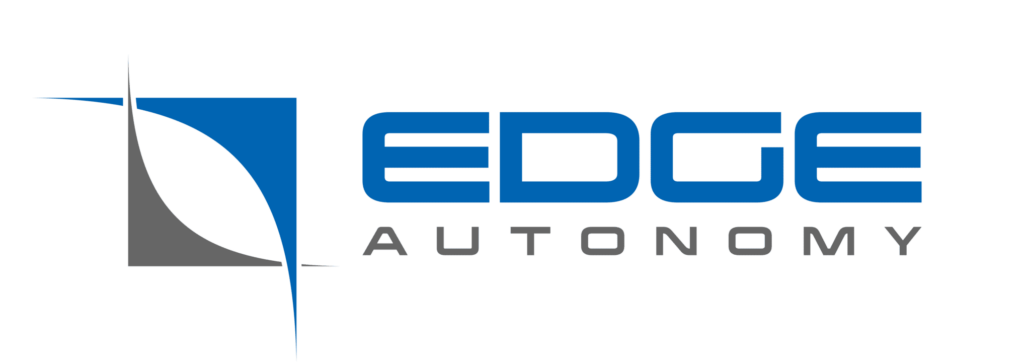With wildfires burning this summer all over California, Oregon, Canada and elsewhere around the world, our thoughts turn to the importance of keeping essential infrastructure running.
As our CEO shared in a recent post, natural disasters like these can severely damage commercial power — and renewable energy options. When cell towers, utilities and other essential services lose access to power, people are left in life-threatening situations, and solid oxide fuel cells (SOFCs) are a growing option for reliable backup power.
Cell towers, for example, may use generators or batteries as backup solutions to keep the towers operational at all times. And remaining in power is vital both for general safety while also, in many states, being legally mandated.
In fact, the CA state legislature recently required that wildfire-prone areas must have 72 hours of backup power onsite at all times. And Texas also passed power grid reforms mandating that power generation and transmission companies must “weatherize,” or protect their infrastructure against severe cold weather.
But sometimes a backup power source fails. When that happens, a maintainer has to physically visit the site to address the issue. And at 100+ pounds each, batteries can be cumbersome for maintainers to replace.
That’s one reason we worked with RedHawk Energy to hybridize a Class I railroad’s backup system using rechargeable batteries and our P250i SOFC.
Meanwhile, generators are loud, maintenance-heavy and create dirty diesel emissions. During a wildfire, the last thing a technician should have to do is go into harm’s way to fix something that should not have failed in the first place.
For many industries, SOFCs have become the best option when seeking a low-watt backup and offgrid power solution that is specifically designed to excel in harsh conditions like extreme cold or wildfire disasters.
One of the key benefits of using SOFCs for backup in wildfire-prone areas is that they are highly fuel-efficient. Unlike other technologies, our SOFC only uses fuel when recharging the batteries. This cuts back on refueling site visits because a single 20-lb propane tank can keep one of our systems running for 80 continuous hours.
Maintainers get plenty of time to schedule a site visit before the system runs out of fuel, so they can visit when it’s safe rather than being forced to visit when the system is out of fuel, regardless of safety.
All of this is why, when it comes to maintaining essential infrastructure during natural disasters like wildfires, SOFCs have become vital across industries. The power changes in these areas are ensuring utilities, cell towers, and more essential services are available.
